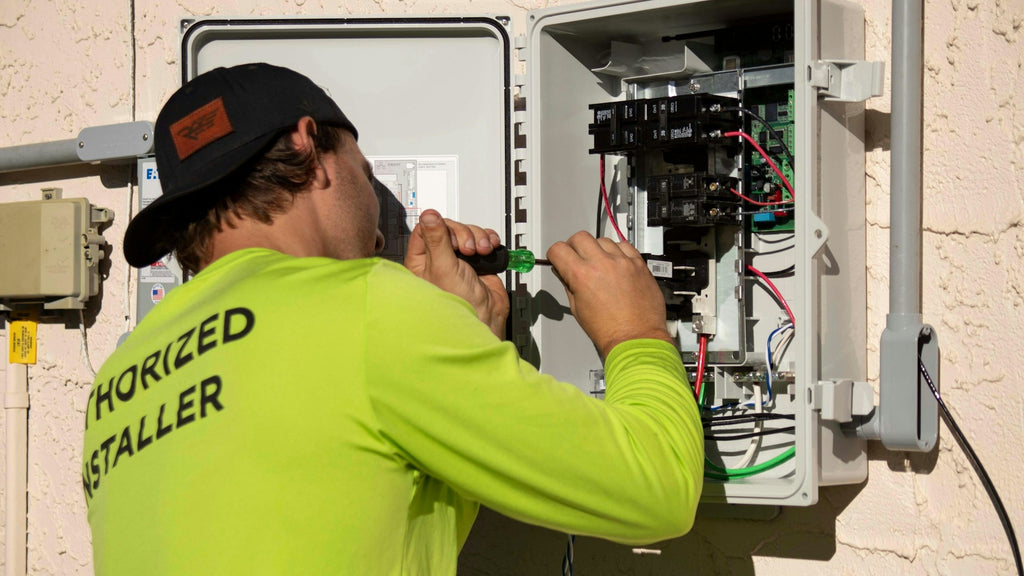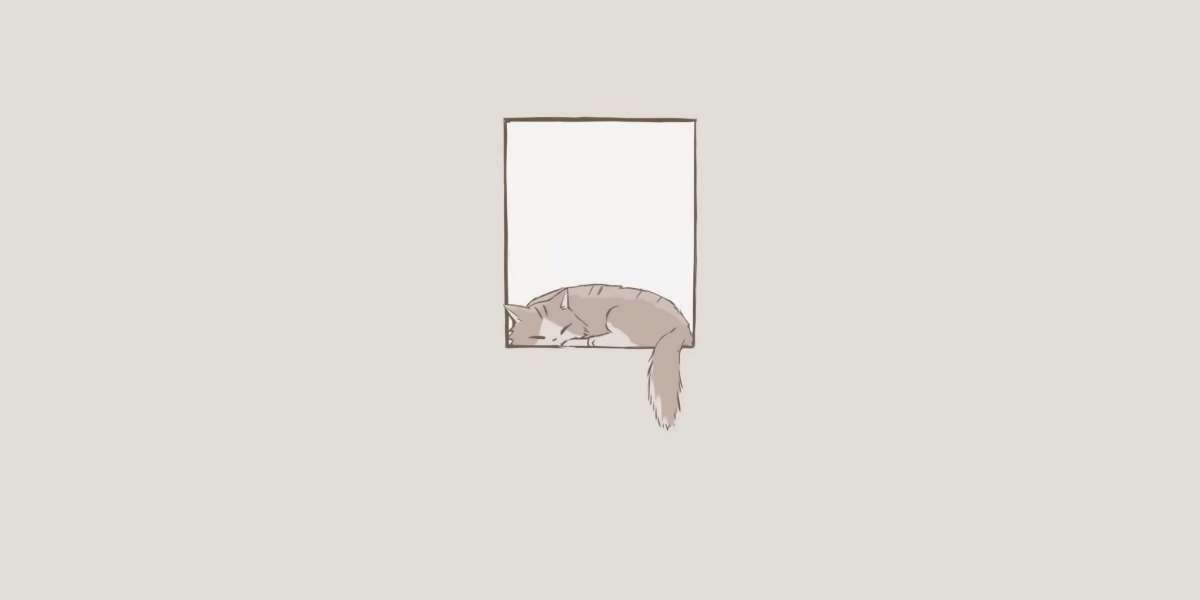Unlocking the Secrets: Simple Solutions to Common Solar Inverter Problems You Should Know!
Solar energy systems have gained popularity as a sustainable and eco-friendly energy source, and at the heart of these systems lies the solar inverter. This crucial device converts the direct current (DC) produced by solar panels into alternating current (AC), which is essential for powering our homes and feeding energy back into the grid. While solar inverters are generally reliable and designed for long-term use, they are not immune to issues that can disrupt their performance. Understanding these common problems and knowing how to troubleshoot them can save you time and money while ensuring your solar energy system operates efficiently. In this article, we will delve into frequent solar inverter complications and provide straightforward solutions to help you maintain your system effectively. If you're interested in fixing solar inverter issues, this guide will be particularly useful.

1. Understanding Solar Inverter Basics
A solar inverter is a key component of any solar energy system, responsible for converting the DC electricity generated by solar panels into AC electricity that can be used in homes or fed back into the electrical grid. There are several types of solar inverters, including string inverters, microinverters, and hybrid inverters, each with its own mechanism of operation. String inverters are typically used in residential installations, connecting multiple solar panels in series, while microinverters are installed on individual panels, allowing for greater efficiency in varying sunlight conditions. Understanding these basics is essential, as it lays the groundwork for identifying potential problems that may arise, such as malfunctioning components or connectivity issues.
2. Frequent Complications with Simple Fixes
2.1 Issue #1: Inverter Not Turning On
One of the most common issues users face is the inverter not turning on. This can be caused by various factors, including tripped circuit breakers, blown fuses, or safety switches being activated. To troubleshoot this issue, check your circuit breaker panel and reset any tripped breakers. If the inverter still doesn’t turn on, inspect the fuses and replace any that are blown. Additionally, ensure that your inverter’s safety switches are in the correct position. If these steps don’t resolve the issue, it may be time to consult a professional.
2.2 Issue #2: Low or No Power Output
If your solar inverter is operating, but you notice low or no power output, it’s essential to investigate potential causes. First, check the connections between the solar panels and the inverter; loose or corroded connections can significantly affect performance. Also, inspect the inverter settings to ensure they are configured correctly. Sometimes, shading from trees or buildings can reduce power output, so consider trimming any obstructive foliage. If the problem persists, it may indicate a malfunction within the inverter itself.
2.3 Issue #3: Error Codes Displayed
Error codes can be frustrating, but they are designed to help you diagnose issues with your solar inverter. Common error codes might indicate problems with the grid connection, voltage fluctuations, or internal faults. Refer to your inverter's manual, which typically includes a guide to interpreting these codes. Once you understand the specific error, you can take appropriate action, such as resetting the inverter or checking your system’s grid connection.
2.4 Issue #4: Overheating
Overheating is another typical issue that can lead to inverter malfunctions. This can happen due to poor ventilation or if the inverter is located in a hot, enclosed space. To prevent overheating, ensure that the inverter is installed in a shaded, well-ventilated area. Regularly cleaning the unit and keeping it free of dust can also help maintain optimal temperatures. If overheating continues despite these measures, it may indicate an internal problem that requires professional attention.
2.5 Issue #5: Poor Performance During Cloudy Days
While solar panels are designed to work effectively in a range of weather conditions, performance may drop during cloudy or rainy days. It’s essential to manage expectations during these times. To optimize usage, consider adjusting energy consumption habits—such as using high-energy appliances when the sun is shining. Additionally, investing in a solar battery storage system can help store excess energy generated on sunny days for use during less favorable conditions.
2.6 Issue #6: Frequent Shutdowns
Frequent shutdowns of your solar inverter can be alarming. This issue may stem from overheating, electrical faults, or grid connection problems. To address this, monitor the inverter's operating temperature and ensure proper airflow around the unit. Check for any loose connections and secure them. If the inverter consistently shuts down, consulting a professional technician is advisable to diagnose deeper electrical issues.
2.7 Issue #7: Noise Issues
Noise from your inverter can be concerning, but it’s often a normal part of its operation. However, if you notice unusual or loud sounds, it could indicate a problem. For instance, humming noises may be normal, but grinding or rattling sounds can suggest loose components or internal damage. To address noise issues, inspect the inverter for any signs of loose parts and secure them as necessary. If the noise persists, it may be time to seek professional help.
2.8 Issue #8: Inverter Display Malfunctions
Display malfunctions can hinder your ability to monitor your solar inverter’s performance. If the display is flickering or not showing any information, check the power supply to the inverter and ensure it’s functioning correctly. Sometimes, a simple reset can resolve display issues. If problems continue, consult your inverter’s manual for troubleshooting steps or consider reaching out to a professional for assistance.
Key Takeaways on Solar Inverter Maintenance
Understanding common solar inverter problems and their simple fixes can empower users to maintain their systems effectively and avoid costly repairs. Regular checks on your inverter, including inspecting connections, monitoring performance, and addressing any issues promptly, can extend its lifespan and ensure optimal performance. Remember, if problems persist or if you’re uncertain about performing maintenance, seeking professional help is always a wise choice. By prioritizing proper maintenance, you can enjoy the full benefits of your solar energy system and contribute to a more sustainable future.







